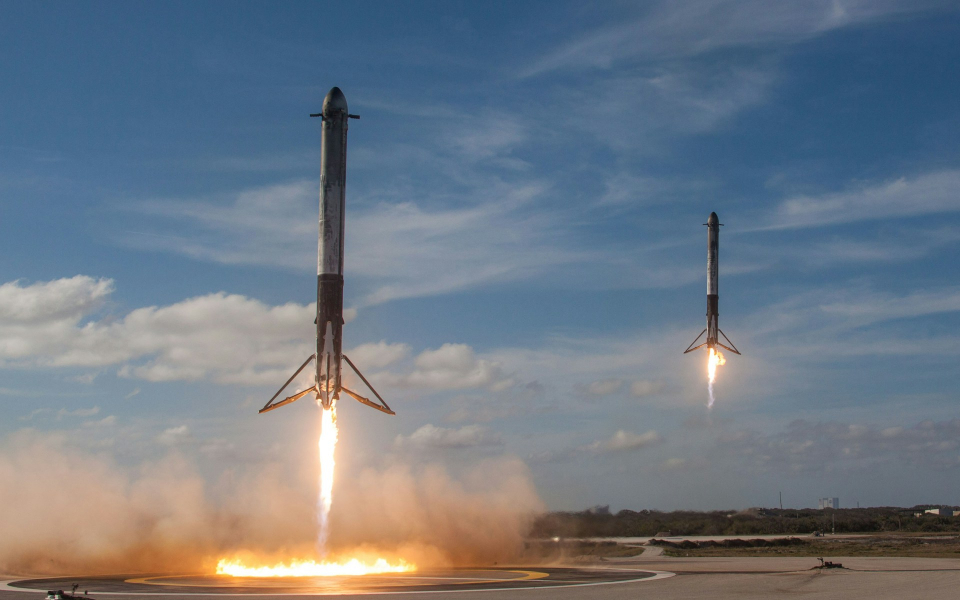The Federal Aviation Administration (FAA) said on Friday that it will hold public meetings on SpaceX's proposal to increase the number of Starship launches from Boca Chica, Texas, to 25 times a year.
What Happened: SpaceX has submitted a proposal seeking to increase launch cadence up to 25 Starship launches a year from Starbase in Texas. FAA will now conduct an environmental assessment in coordination with other federal agencies and with feedback from the public.
The government agency seeks to hold 5 meetings on the proposal- including four in-person public meetings and one virtual public meeting in August over the proposal. The public can submit both written and oral meetings at these meetings.
The FAA @FAANewsWe are committed to assessing the environmental impacts of all FAA licensed commercial space operations. We will hold public meetings on @SpaceX's proposal to increase the number of launches and landings of Starship/Super Heavy Vehicle in Boca Chica, TX.
SpaceX has completed four test flights of the Starship to date including two this year and two last year. Company CEO Elon Musk pegged the fifth test flight for around Aug. 2 earlier this month.
Why It Matters: While the spacecraft failed to reach space in the first flight, it reached space and exploded in the second test flight. During the third flight test, the spacecraft broke apart when re-entering Earth's atmosphere from space.
However, the fourth flight test in June was a success, with the company checking all its test flight goals including reentry through Earth's atmosphere and a soft splashdown of the spacecraft in the Indian Ocean.
SpaceX is expected to have at least six flights of the Starship this year, as per Musk's latest estimate from March. For the next test flight, the company is expected to attempt landing the vehicle's booster back at Starbase instead of splashing it down in the Gulf of Mexico, in what would be a significant demonstration of the vehicle's reusability.
NASA is currently relying on the success of Starship to land humans back on the moon as part of its Artemis program. The last crewed lunar mission occurred in 1972 with Apollo 17. Since then, no crew has traveled beyond low-Earth orbit.
Musk, meanwhile, is hopeful that the Starship will enable the company to take humans to Earth's neighboring planet Mars as well.










